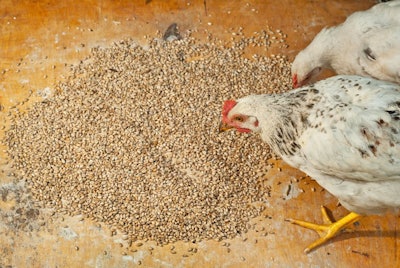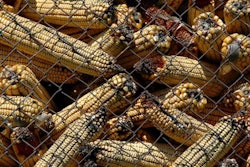
Company executive addresses grain pricing, supplies
Pilgrim’s Pride CEO Jayson Penn discussed grain pricing and supplies and how they affect the company’s profitability in an earnings call with investors on February 21.
Penn said there are adequate supplies of corn, soybeans and wheat to meet demand, but that wheat prices are up while corn and soybean prices remain low.
“Corn prices have fallen since the end of the quarter, way down by good growing conditions in South America, a lack of follow-through from Phase I trade deal and uncertainty in Chinese demand,” he said. “The USDA’s (U.S. Department of Agriculture’s) final top crop projection came in at 13.7 billion bushels, which was higher than the market had previously estimated. USDA is projecting a corn carryout at 1.9 billion bushels which, combined with large corn supplies outside of the U.S., we feel is more than adequate to cover demand.”
Penn said he sees similar conditions regarding soybeans.
“Soybean prices have also been under pressure as the market is feeling more confident in the large soybean crops in Brazil and Argentina with large South American supplies and the USDA is projection for U.S. carry out of 425 million bushels, we feel that there are more-than-enough supplies to meet global demand,” he said.
Wheat prices in Europe have been rising, but supply is adequate
“We’ve seen an increase in wheat prices in the U.K. recently as a result of poor planning conditions late last year in Western Europe,” Penn said. “Although prices are higher than we expected, we see adequate wheat supplies globally and we are positioned to consume other feed grain sources besides wheat in our U.K. operations.”
Looking to the future, Penn said U.S. farmers are poised for a better year this year than last.
“As we look ahead to the spring, U.S. farmers have the ability to plant significantly larger crop than last year where adverse weather impacted planting,” he said. “The prospects for larger crops in the U.S. combined with large crops outside the U.S. should keep both corn and soybean meal prices from being a headwind to seed cost this year.”











